Doing marketing for green, ecofriendly products is not easy. But consumers are, luckily, becoming more and more aware of supporting businesses that take the environmental issues seriously. As a business owner that want to reach out to the eco-conscious audience, you might ask: what is the marketing strategy for green products?
The answer is rather complex. As a experienced digital marketer, I have actually been a part of outlining a full marketing strategy for a company that wanted to sell bamboo sunglasses. And during that journey, I learned a lot of what you should do and what you should not do. Trying to push an environmentally friendly product is actually very different from “traditional marketing”.
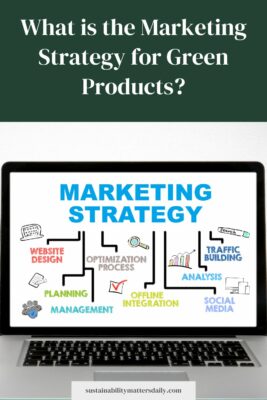
Table of Contents
- The project: bamboo sunglasses
- How to communicate cost/benefit
- Marketing – how to reach the “green” segment?
- Conclusion – your green marketing strategy
The project: bamboo sunglasses
Bamboo sunglasses is an environmentally friendly alternative to “all” the other sunglasses out there. We manufactured the products in South China and shipped them globally. It was all done on the mission of one of the biggest global players in the industry.
Despite not telling you the brand name of these sunglasses, I will show you a picture of how they look like:

Quite fancy, right?
How to communicate cost/benefit
When sourcing manufacturers for our new product line, we quickly understood that bamboo is a more expensive material than plastic. That is the reason why most sunglasses companies create their products in plastic instead of more ecofriendly materials. Unfortunately, it all comes down to cost.
As you might understand, higher manufacturing costs mean higher cost for the end consumer. This is an issue that you need to communicate through your marketing. Many consumers are going to ask: “Why would I pay 50 $ for these bamboo sunglasses when the plastic alternative costs 25 $?”

If you don’t have a clear answer to that question, you are in trouble.
In other words, a big part of the marketing strategy for green products is to explain the customer why they should pay extra money to save the world. Simple as that.
And the best thing you can do is educate yourself about the environmental footprint of the alternative product. For us, that would be the waste/pollution created by plastic sunglasses. This needs to be the main message in your green marketing campaign.
After many hours on various “environmental websites”, we did some quite interesting discoveries about plastic pollution.
We found that:
– About 99 % of all sunglasses sold in USA and Europe contain plastic.
– In 2017, it was sold 5.8 million sunglasses in USA alone.
– Only 9.5 % of all plastic products are being recycled.
– Bamboo is biodegradable and a much better alternative for the environment.
In addition to that, we did some benchmark on our competitors to see how they “sold in” their bamboo sunglasses.
And our findings showed that:
– Most of our competitors picked a charity program where they gave back to an organization working towards a greener world. E.g., giving back 5 % of the total sales value to a company that dedicate its time to reduce plastic pollution in the oceans.
– In addition to that, they would typically pledge to do some environmentally friendly action directly related to your purchase. E.g., “for every purchase of these sunglasses, we will remove 1 kilo plastic from Australian beaches”. Also this would typically be structured in a way where they went together with some voluntary organization.
When we understood what we needed to communicate, it was much easier to write down a clear marketing strategy.
Marketing – how to reach the “green” segment?
I supported a business that only sell eyewear online to write this marketing
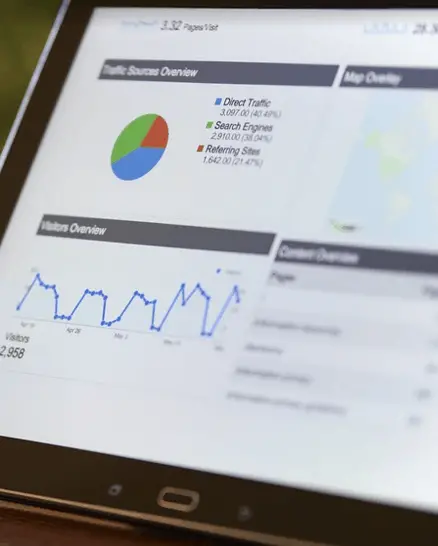
plan. That very often means that you need to have a basic understanding of affiliate marketing, display marketing, SEO, SEM, EDM and content marketing. However, the marketing plan will more or less stay the same regardless of which channels you plan to push the sales through.
This is what we did to reach out to our new segment:
1) Wrote a handful of articles targeting keywords such as “bamboo sunglasses”, “ecofriendly sunglasses”, etc.
2) Reaching out to two big, global partners to hear about two things:
– Would we be able to set up a solution with them where they got a cut of our sale?
– If so, which exposure opportunities would we get in return?
3) Making sure that the message of sustainability would be included in every single banner and ad for this brand. If not, no one would ever touch this product.
4) Getting it out to as many marketing channels as possible, intense push-marketing.
And it worked. I am not entitled to give you exact numbers on how this marketing strategy went, but I can say that about 95 % of the customers buying this product were new customers. In other words, they have never purchased from this online retailer before. It shows that we really hit a new segment of people that previously were not interested in the products.
Conclusion – your green marketing strategy
If you already know which product you will try to get out to the market, there is a clear three-step process. These elements really need to be a part of your marketing strategy when you sell (or plan to sell) green products:
[1] Educate yourself about the product and the environmental issues caused by NOT choosing your product. These facts/arguments need to be a vital part of your marketing. The Canadian businessman and TV star Kevin O`Leary once said the following about how he succeeded with selling education products for children:
“You need to tell the parents that their kid will drop out of school and die at an early age unless they buy your product!”
Harsh, but there might be something to it…
[2] Do a full benchmark to see what your competitors are doing. Try to learn as much as the successful ones as possible. If you take the best from each of them, there is a big chance that you will succeed.
You should especially pay close attention to which ecofriendly organizations they are connected with. This might give you some good ideas that you can work with. Do not feel shy about contacting the same organizations and asking for a partnership. They are very often happy to close deals with businesses in order to keep their finances healthy and get some good and free PR.
[3] Use everything you learned from 1) and 2) in order to create your marketing plan. Promoting a green product is not as easy as it might sound like. You have a very small amount of people that are automatically willing to shift towards more environmentally friendly products. But most people need to be educated and tempted before shifting towards bamboo toothbrushes, recycled toilet papers, ecofriendly trash bags, etc.
You have to remember that adding a green, ecofriendly product in your product range can open up for a totally new segment. But it should also be treated as a marketing project where you try to “force” people to buy more environmentally friendly products. Not only for the sake of the environment, but also for your business.
It is your job to do so, and if you have any more questions to how we successfully implemented some bamboo sunglasses (and they do sell very well!) on the market, feel free to drop me a message in the comment section and I will answer.
PS! I do not mention the brand name on purpose. But I can say that it was a private label brand for one of the biggest online eyewear retailers in the world. If you click on my Linkedin profile below the article, you might also see the company that I am affiliated with. 🙂
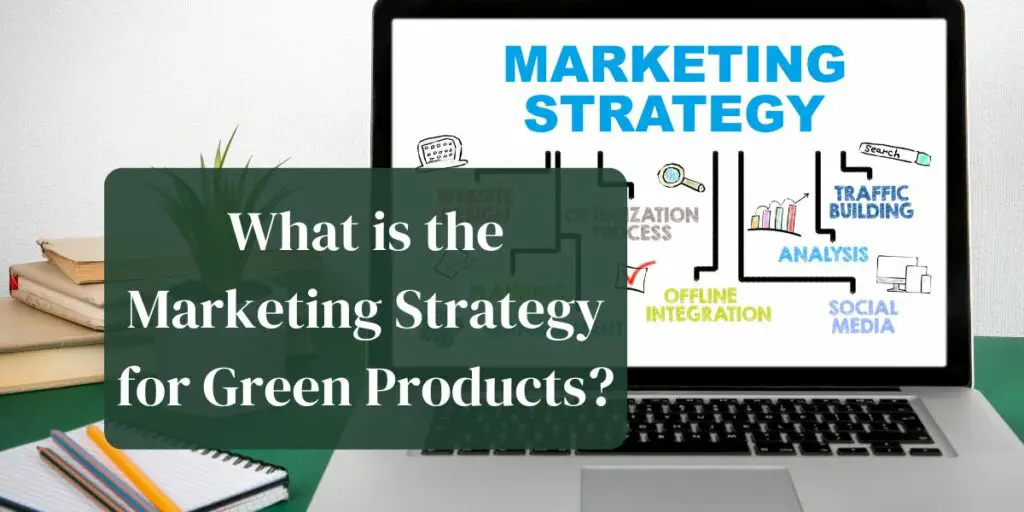
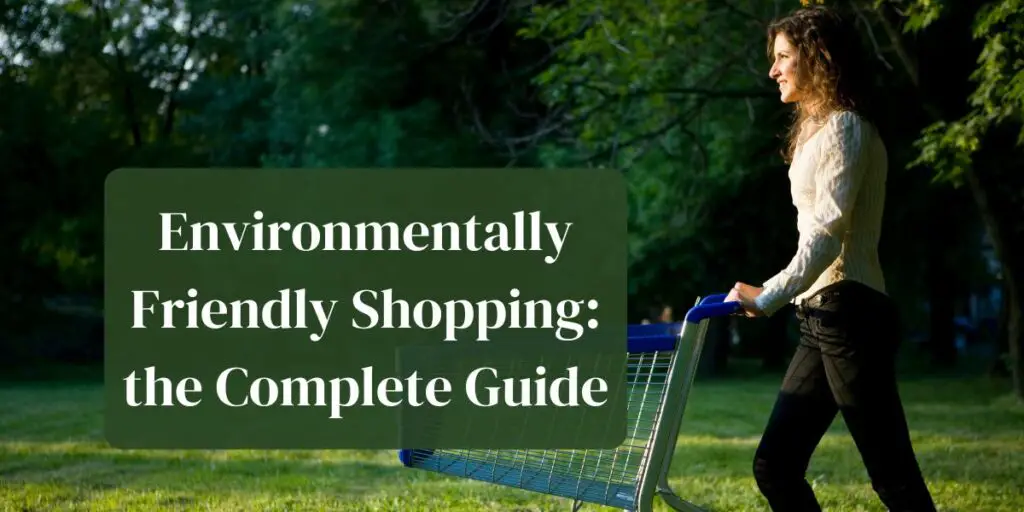
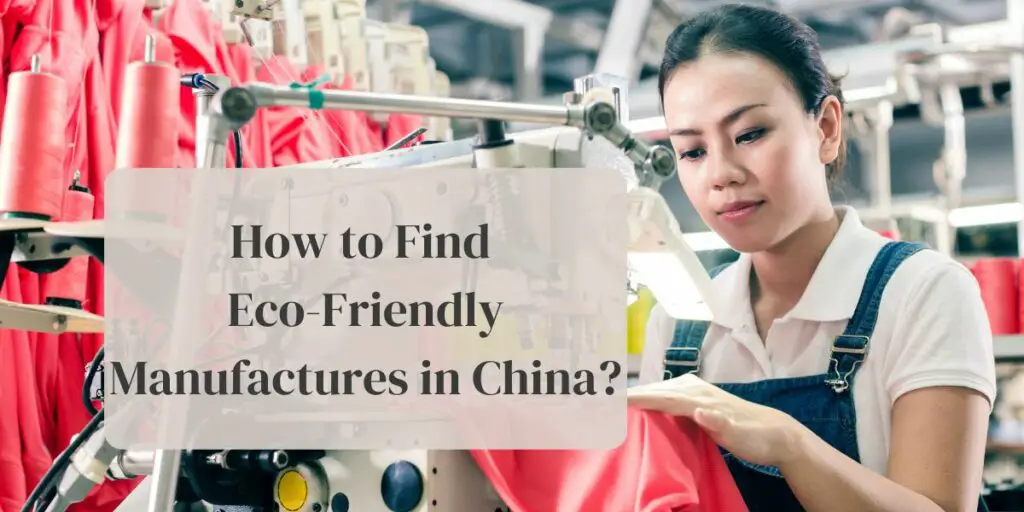
Hi Amund,
Hope your keeping well.
I was onto you before about a masters dissertation topic in Marketing and Management. Iv been researching recently and have found myself drawn to influencer marketing and how scandals may have somehow tarnished or lessened the image and impact of influencer marketing, I was wondering would you have any other suggestions or questions that I could have a look into for my dissertation topic around influencer marketing?
Thank you for your time!
I believe the reason why this article isn’t getting the traction it deserves is simply because you haven’t done any good marketing towards it? haha…
no, seriously: this is great. I also love the fact that you come up with your own example of those bamboo sunglasses. Working in the “environmental industry” myself, I know that so many companies desperately try to come up with products that are not really eco-friendly, but that they can use “green marketing” towards. Seems like your product was legit though.
Thanks for the interesting article here. I am going to start a web shop selling green furniture and other eco-friendly outdoor products. But I struggle to find any bloggers that are willing to join me in a referral/affiliate program.
Do you have any experience in this? Would you be willing to join a program if I gave you a cut of the sale?
Apart from that, I really try to dig deep into marketing of green products. On the other hand, it is quite overwhelming and difficult as I don’t really know how to get started.
Hello Green Product Man,
and congratulations with opening your new business!
Sure, if you have an interesting product and global shipping option, we could talk. I will contact you separately. 🙂
Very interesting read, thanks a lot for the post. I have a small business here in California (I am originally from Slovakia) where I try to sell eco-friendly products for babies. In my niche you will see a lot of people claiming that their products are good for the baby. However, most of them do not have any arguments behind that. Parents are often very careful about which products they buy for their kids as they want them to be as healthy as possible. But I have to admit that I struggle to see that being environmentally friendly is something that helps to sell baby products.
I mean: I understand that people care more about their baby`s health than the environment. But why not both?